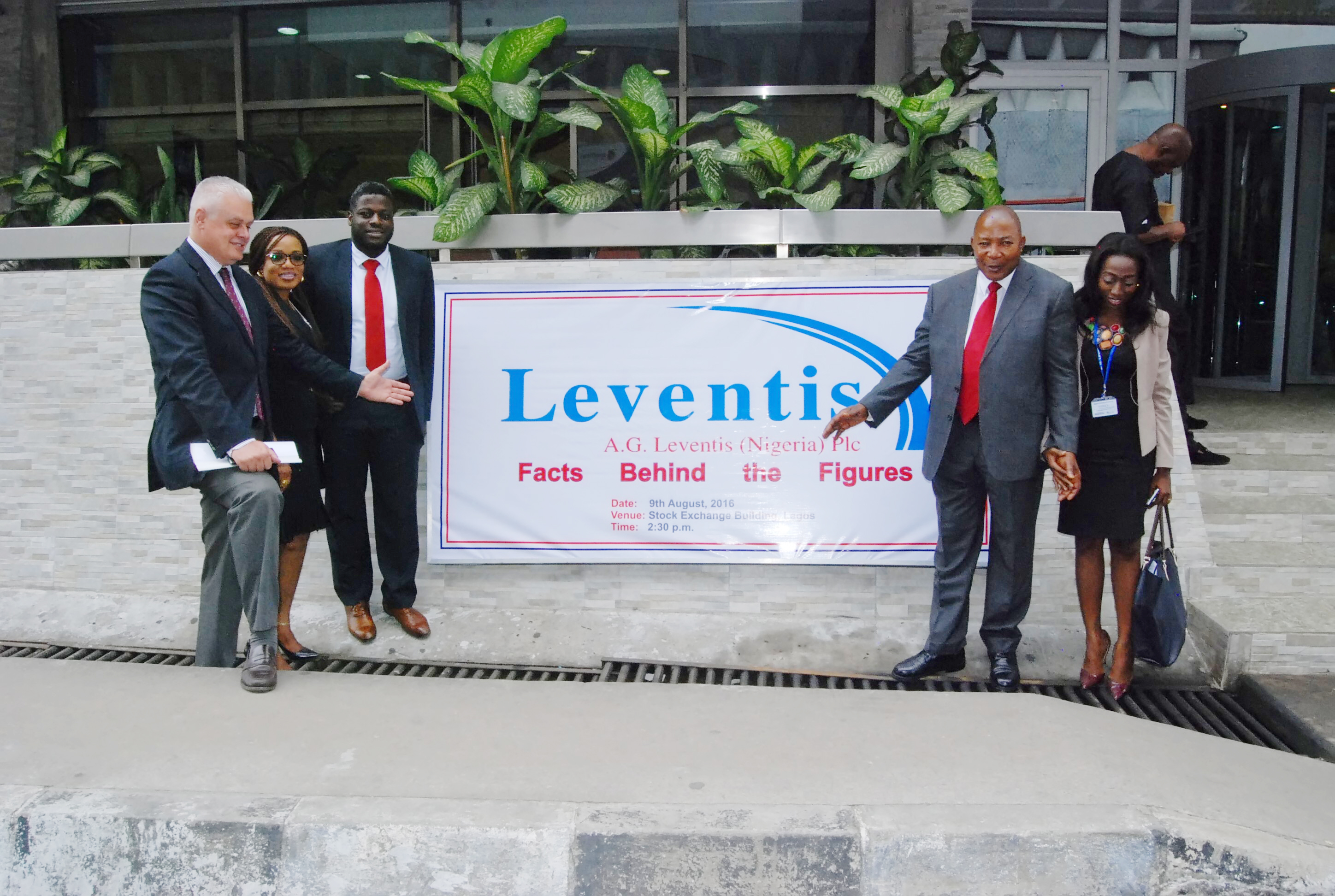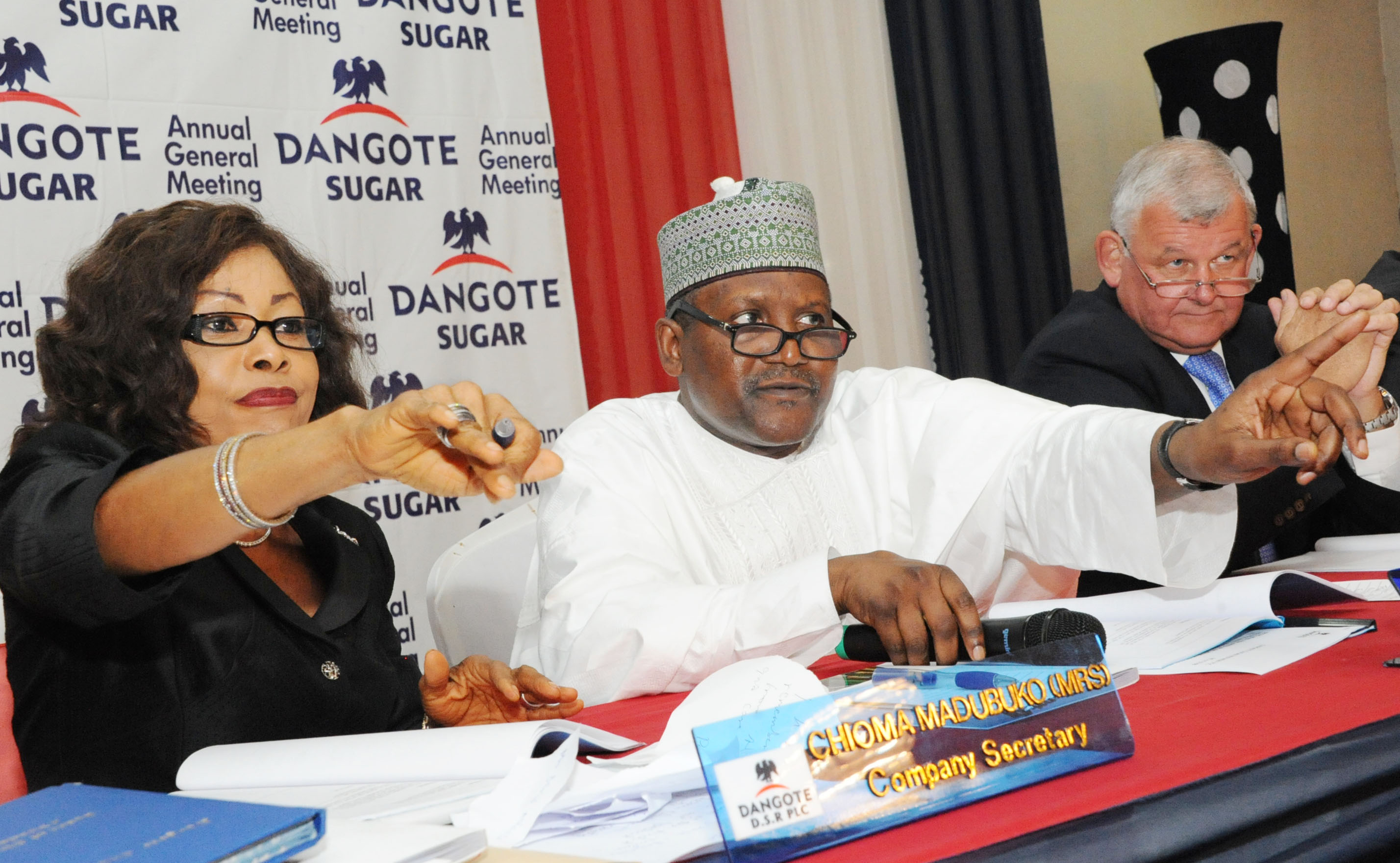Fiscal 2017 is a year in which new hopes have flickered through the breweries sector, holding mild turnaround prospects for a sector that has been in despair for the preceding three years running. Brewing companies have faced the worst operating period in decades since 2014. The total brewed products market moved from stagnation to a decline during these years.
Breweries are among the hardest hit by low consumer spending that is affecting the market for consumer goods generally. Consumer demand weakened as the economy proceeded from slowdown to a decline. Weakening sales revenue against rising cost of sales and huge interest expenses had eroded margins and set profits declining and losses rising.
The patchy recovery prospects for the sector in 2017 reflect reasonable gains in sales and a check on finance charges that have been hurting profit capacity. The sector’s external dependence in the face of weakening exchange rate still keeps cost of sales rising ahead of sales revenue. The companies are therefore still losing gross profit generally.
Competition remains intensive in the sector and companies are applying new approaches to reinforce revenue growth and stretch out or defend profit margins. The operators are spending heavily on marketing/distribution to strengthen operating muscles and defend market share. Behind the improving sales are major extensions of product distribution networks.
Advertisement
Improving revenue and moderating administrative and finance expenses are the likely finishing lines for brewing companies in 2017. Some of them have so far succeeded in using moderating administrative cost to counter rising cost of sales, thereby improving operating profit. Some are unable to sustain a cut down in finance expenses and are therefore unable to defend initial earnings rebound.
The brewing business runs on considerable short- and long-term borrowings but high and rising interest charges have forced the companies to cut down on balance sheet debts. For the industry leaders, close a quarter of last year’s closing debt figures have been cut and shareholders are being called on to put in new money.
Debt cutting strategy offers a temporary respite to save profit but the main challenges of rising cost of sales and diminishing gross profit remain. Rising product prices with rising cost makes selling a hard job in a low consumer spending field. Yet the temporary respite from cost saving looks good enough for breweries to finish 2017 operations with an upturn in earnings or at least a check on further earnings drop.
Advertisement
Guinness Nigeria
Guinness Nigeria opened its current financial with a marginal profit at the end of its first quarter trading in September. That seems to raise a bit of an optimism for the year after hitting a loss of over N2 billion at the end of its last financial year in June 2017. The optimism is rooted in recovering sales revenue after the company lost 14% of turnover in the last financial year.
Based on the first quarter growth rate, sales revenue is headed back to the 2015 region of close to N120 billion. Profit isn’t keeping pace with turnover due to inability to achieve a reasonable cut down on costs. Cost of sales grew ahead of sales revenue in the first quarter and depressed gross profit margin from 36.2% to 34.7% over the review period.
A drop of about 17% in administrative expenses led to an outstanding growth of 287% in operating profit to N2.65 billion, which was reinforced by a leap of 163% in finance income. Finance cost however remains large with net finance expenses claiming almost the entire operating profit. There is a major reduction in balance sheet borrowings, which could lead to further drops in net finance cost in the course of the financial year and consequently strengthen profit capacity.
International Breweries
International Breweries suffered a drop of over 61% in after tax profit to N1.03 billion at the end of its last full year trading in March 2017. The company made an aggressive rebound in the first quarter of 2017/18 financial year but again lost the momentum in the second quarter ended September 2017.
Advertisement
While the first quarter profit stood above the full year figure in the 2016/17 financial year, the second quarter ended in a marginal loss. The company’s main turnaround factor in the first quarter was a drop of over 73% in cost of finance. A resurgence of finance cost in the second quarter also explains the sharp downturn in profit performance.
Nigerian Breweries
Nigerian Breweries failed to sustain an elevated earnings performance in the third quarter and a renewed strength in profit performance recorded in the second quarter was lost at the end of September 2017. The brewing giant had closed the preceding year’s trading with profit down to the lowest figure in many years. The initial recovery speed in 2017 slowed down considerably in the third quarter and only a slight improvement in profit may be possible for the company at the end of the year.
Cost of sales has continued to grow ahead of sales revenue at 18% compared to 14% at the end of the third quarter. With a significant increase in marketing/distribution expenses, operating profit dropped by 26% in the third quarter. Interest expenses grew within the third quarter but still maintained a declining posture over the nine months of the year.
Gross profit margin went down from 43.7% in the same period in 2016 to 41.9% at the end of September 2017. An increase in income tax expense also contributed to the flat profit position at the end of the third quarter. Net profit margin declined from 13.1% at the end of the second quarter to 9.4% at the end of the third quarter.
Advertisement
Add a comment







